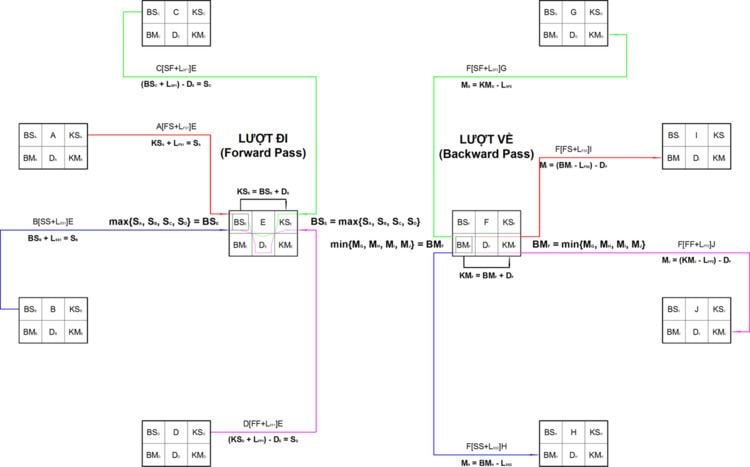 | ||
The precedence diagram method (PDM) is a tool for scheduling activities in a project plan. It is a method of constructing a project schedule network diagram that uses boxes, referred to as nodes, to represent activities and connects them with arrows that show the dependencies. It is also called the activity-on-node (AON) method.
Key elements include determining predecessors and defining attributes such as
Slack/Float: Determines the duration of activity delay that the project can tolerate before the project comes in late. The difference between the earliest and the latest start time. i.e. Slack = last start date - early start day or Slack = last finish time - early finish time.
Any activities which have a slack of 0, they are on the critical path.
